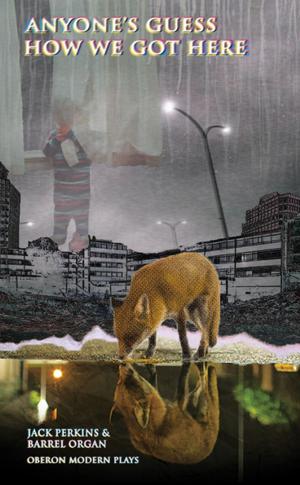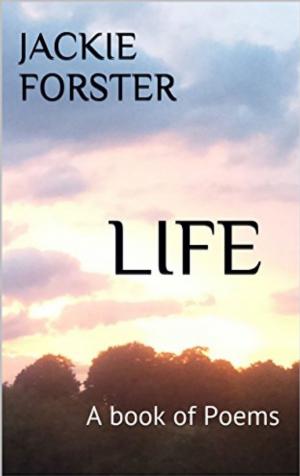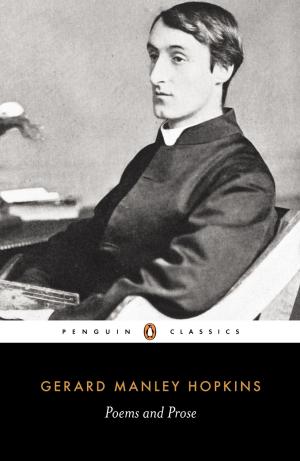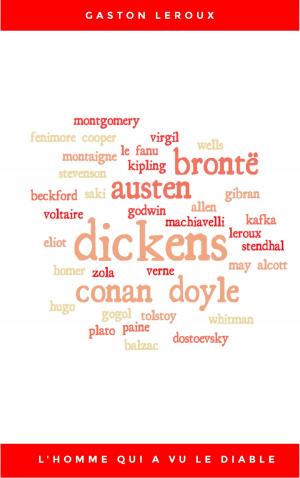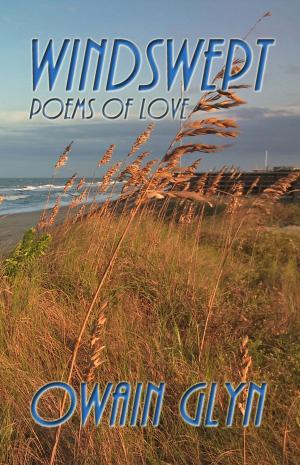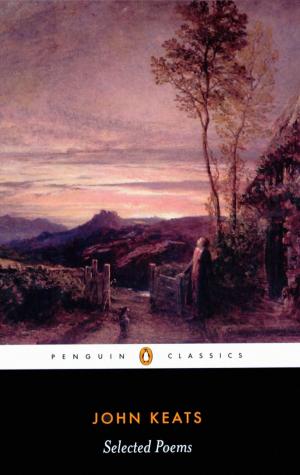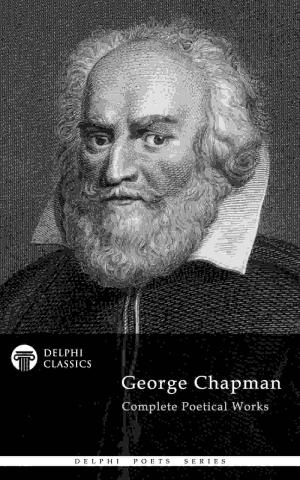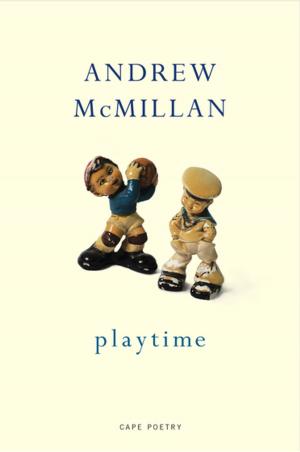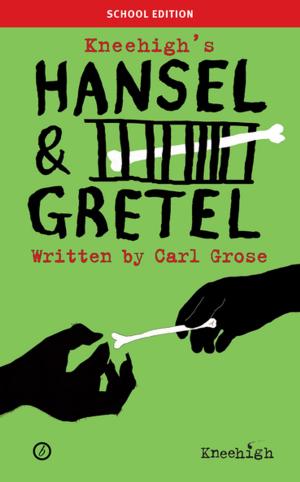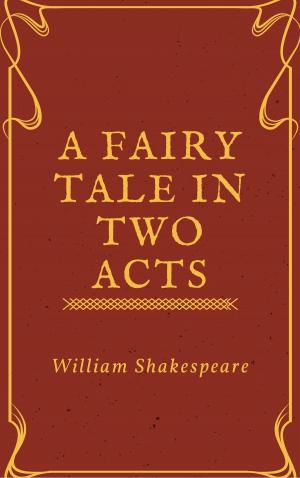| Author: | A. E. Housman | ISBN: | 9788826002972 |
| Publisher: | Classic Poetry | Publication: | March 1, 2018 |
| Imprint: | Language: | English |
| Author: | A. E. Housman |
| ISBN: | 9788826002972 |
| Publisher: | Classic Poetry |
| Publication: | March 1, 2018 |
| Imprint: | |
| Language: | English |
A Shropshire Lad is a collection of sixty-three poems by the English poet Alfred Edward Housman. Some of the better-known poems in the book are "To an Athlete Dying Young", "Loveliest of Trees, the Cherry Now", "The Lent Lily" and "When I Was One-and-Twenty".
The collection was published in 1896. Housman originally titled the book The Poems of Terence Hearsay, referring to a character there, but changed the title at the suggestion of his publisher.
A Shropshire Lad was first published in 1896 at Housman's own expense after several publishers had turned it down. His colleagues and students were surprised by the emotional depth and vulnerability it revealed in an apparently distant and self-contained man. At first the book sold slowly, but during the Second Boer War (1899–1902), Housman's nostalgic description of rural life and young men's early deaths struck a chord with English readers and the book became a best-seller. Its popularity increased during World War I. Arthur Somervell and other composers were inspired by the folksong-like simplicity of the poems, and the most famous musical settings are by George Butterworth (Six Songs from A Shropshire Lad and Bredon Hill and Other Songs) and Ralph Vaughan Williams (On Wenlock Edge), with others by Ivor Gurney, John Ireland and Ernest John Moeran.
Housman was surprised by the success of A Shropshire Lad, thinking that its deep pessimism and obsession with death, without the consolations of religion, would not appeal to a Victorian audience. The poems are set in a half-imaginary pastoral Shropshire, "the land of lost content", and Housman wrote most of them before visiting the county. He described the transience of love and youth in simple, unadorned language that many critics of the time thought old-fashioned. Housman himself acknowledged the influence of the songs of William Shakespeare, the Scottish Border ballads and Heinrich Heine, but specifically denied any influence of Greek and Latin classics in his poetry.
A Shropshire Lad is a collection of sixty-three poems by the English poet Alfred Edward Housman. Some of the better-known poems in the book are "To an Athlete Dying Young", "Loveliest of Trees, the Cherry Now", "The Lent Lily" and "When I Was One-and-Twenty".
The collection was published in 1896. Housman originally titled the book The Poems of Terence Hearsay, referring to a character there, but changed the title at the suggestion of his publisher.
A Shropshire Lad was first published in 1896 at Housman's own expense after several publishers had turned it down. His colleagues and students were surprised by the emotional depth and vulnerability it revealed in an apparently distant and self-contained man. At first the book sold slowly, but during the Second Boer War (1899–1902), Housman's nostalgic description of rural life and young men's early deaths struck a chord with English readers and the book became a best-seller. Its popularity increased during World War I. Arthur Somervell and other composers were inspired by the folksong-like simplicity of the poems, and the most famous musical settings are by George Butterworth (Six Songs from A Shropshire Lad and Bredon Hill and Other Songs) and Ralph Vaughan Williams (On Wenlock Edge), with others by Ivor Gurney, John Ireland and Ernest John Moeran.
Housman was surprised by the success of A Shropshire Lad, thinking that its deep pessimism and obsession with death, without the consolations of religion, would not appeal to a Victorian audience. The poems are set in a half-imaginary pastoral Shropshire, "the land of lost content", and Housman wrote most of them before visiting the county. He described the transience of love and youth in simple, unadorned language that many critics of the time thought old-fashioned. Housman himself acknowledged the influence of the songs of William Shakespeare, the Scottish Border ballads and Heinrich Heine, but specifically denied any influence of Greek and Latin classics in his poetry.

